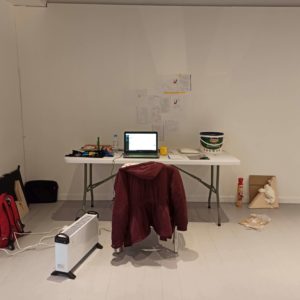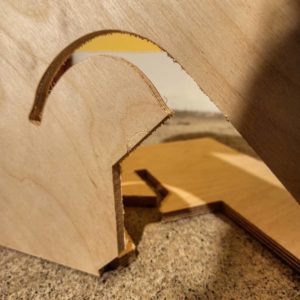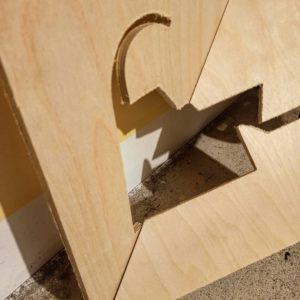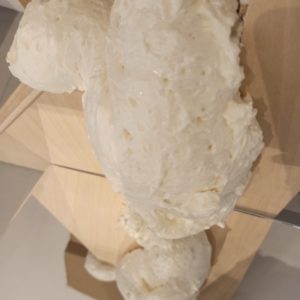Comparisons
A French contemporary artist known for his large-scale photographs depicting painted alterations within existing spaces. When photographed, these complex interventions appear as perspectival, optical illusions or digital effects rather than installations within the scene itself. Rousse often uses soon-to-be demolished or renovated buildings in his artworks, since his on-site paintings are not meant to last but rather exist solely as photographs. His works are influenced by both Land Art and the legendary Modernist Kazimir Malevich’s paintings of simple shapes a top white backgrounds.
Rousse’s love for existing spaces and alternating them has motivated me to alternate the existing space at Artcore and working projections into the space becoming part of the structure. My work is also documented through film with carefully thought-out actions the process of making and doing which lead from my primary sources which are collages.
After having a talk with David I have been more selective of how I approach the installing of my collages instead of projections I will use vinyl as this is a more manual process. Artists tend to have an intuition that comes from creative thinking and experimentation which allows the artist free range of available space to release practices of imagination and testing; of attention and change. With this comes the transformation of available viewing space and how the artist uses their spatial awareness and creative process to turn a particular space into a surrounding which compliments the artwork or maybe contradicts specific artworks in a particular space.
Read More
- La Madelaine-sous-Montreuil 2014
- Darmstadt, Architecture, Construction, Land Art 2010
- Structural obstacles, 2020
- Structural objects (Collage), 2020
Categories:
East Midlands Graduate Showcase Residency, Sinead Kerr
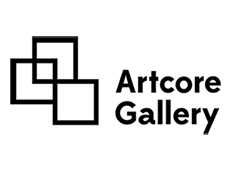

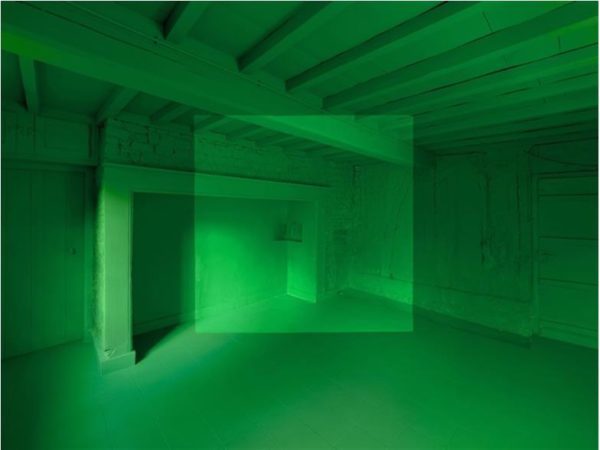
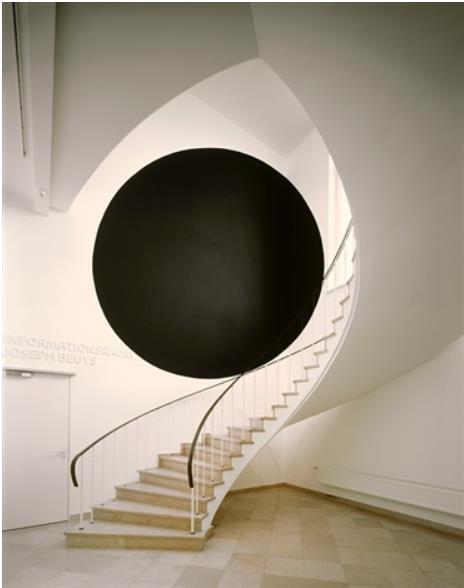
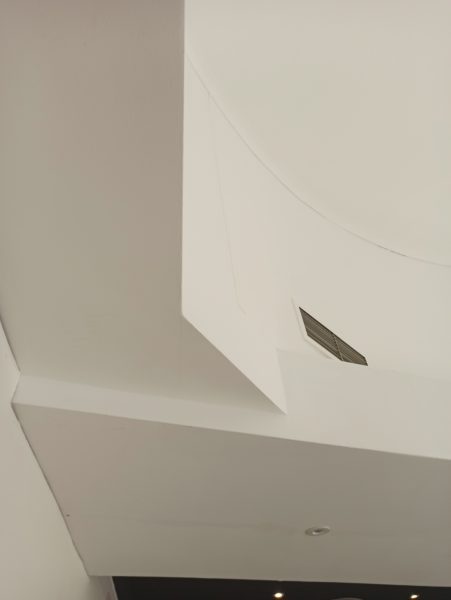
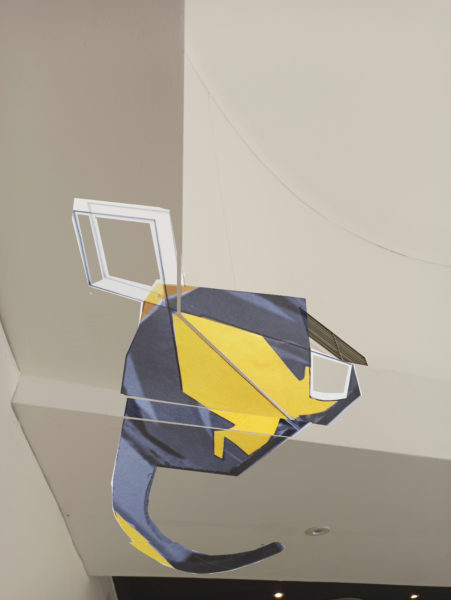
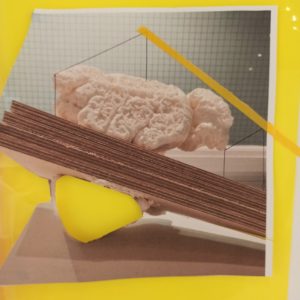 s a projection would be quite minimal as I often feel like I have shown my methods and documentation with but separate to the final outcome, stopping once the physical object is completed. It would be interesting to take the sculptural interpretation of the collages and continue to make the physical work, but for the final outcome to be a visual experience rather that a physical sculpture, and this would be broadening my creative intention towards my practice.
Reading peter Eisenman’s ‘Diagram Diaries’ I came across these two quotes: the first is about the technical aspects of lines and dimensions and the process through which shapes become diagrams;
“Technical preconditions that would allow modern architecture to refound itself... on the twin bases
s a projection would be quite minimal as I often feel like I have shown my methods and documentation with but separate to the final outcome, stopping once the physical object is completed. It would be interesting to take the sculptural interpretation of the collages and continue to make the physical work, but for the final outcome to be a visual experience rather that a physical sculpture, and this would be broadening my creative intention towards my practice.
Reading peter Eisenman’s ‘Diagram Diaries’ I came across these two quotes: the first is about the technical aspects of lines and dimensions and the process through which shapes become diagrams;
“Technical preconditions that would allow modern architecture to refound itself... on the twin bases 